
Reinventing cities: Evaluating effective urban policies
Repost from spatialeconomics.nl Cities are a very old phenomenon and, argued by many, one of the greatest human inventions. By 2050, two-thirds of the world’s population is expected to live in cities. The future of mankind is thus an urban one. With these words brand-new professor Hans Koster opened his inaugural lecture ‘Reinventing cities: Evaluating…

The impact of facemask requirements on shopping streets
Covid-19 brings about unprecedented economic change. What exactly are the consequences of the policies pursued during the pandemic for retail and, in particular, for shopping streets?
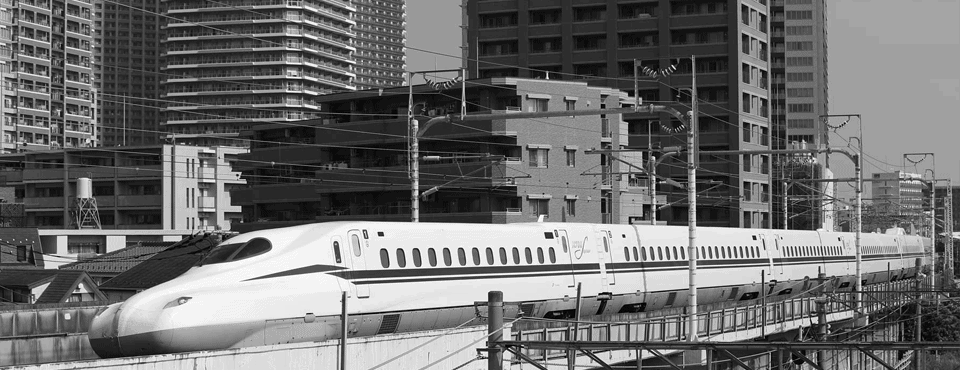
How does high-speed rail change the spatial distribution of economic activity?
The economic and social consequences of investments in transport infrastructure generate heated academic and policy debates because they typically involve costly investments that are supposed to yield high payoffs. Particularly telling examples of large transport infrastructure investments are investments in high-speed rail. A recent paper by Hayakawa et al. (2021) shows that the Shinkansen has had a substantial effect on Japan’s spatial distribution of employment. The relative position of municipalities within the network and their underlying location fundamentals are essential in understanding why the effects of an extensive infrastructure are positive or negative at the local level.
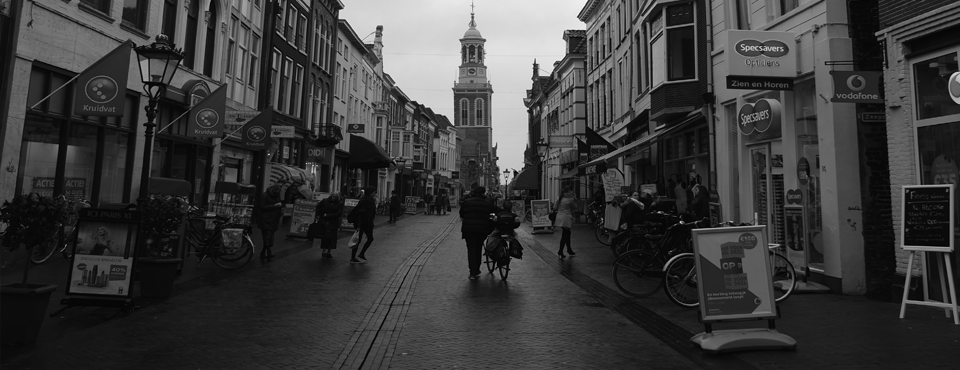
Shopping externalities: How shops benefit from each other without knowing
Repost from spatialeconomics.nl Why do shops cluster in shopping streets? This was the main question that Hans Koster, Ilias Pasidis and Jos van Ommeren addressed in their paper ‘Shopping externalities and retail concentration: Evidence from Dutch shopping streets’, forthcoming in the Journal of Urban Economics. The authors argue that shops located in shopping streets benefit…

The Billion Pound Drop: Did the Blitz enhance London’s economy?
By Gerard Dericks and Hans Koster The Blitz lasted from September 1940 to May 1941, during which the Luftwaffe dropped 18,291 tons of high explosives and countless incendiaries across Greater London. Although these attacks have now largely faded from living memory, our recent paper ”The Billion Pound Drop” shows that the impact of the Blitz…
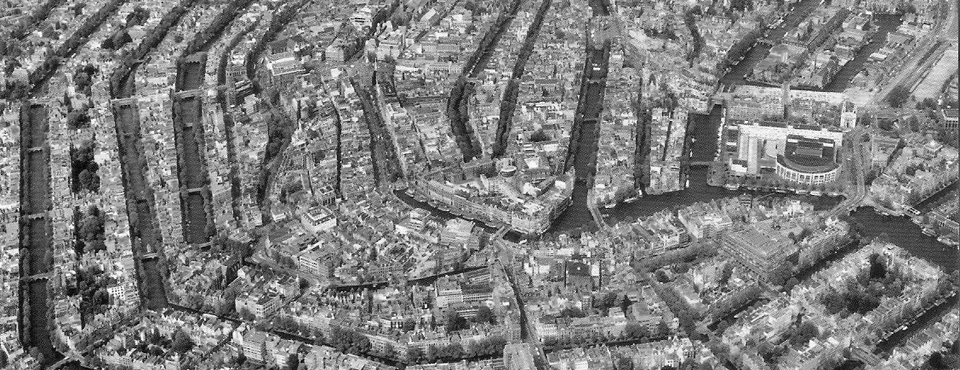
The mixed effects of mixed land use
In recent decades, the concept of mixed land use (MLU) has been hailed by urban planners for diminishing the demand for car transport and improving the vitality of urban neighbourhoods. My thesis attempts to better understand how diversity affects the value of land in an urban area. The findings indicate that in general firms dislike mixing with other land uses within the same building while preferring to locate on a mixed street. This suggests that solely from a producer’s perspective, horizontal mixing (on the street) is preferred to vertical mixing (within a building).
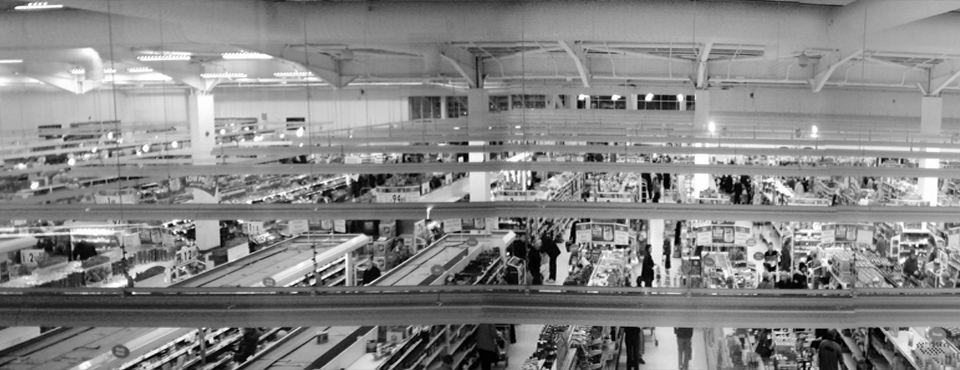
Are big-box stores emptying the city centre?
In recent years, many governments have adopted restrictive policies in response to the opening of big-box supermarkets. The economic consequences of the opening up of these new supermarkets became an important policy concern in most countries. A recent study shows that after the first big-box opening, between 20 and 30% of the grocery stores in the area disappear, offering clear evidence that city centres are losing part of their economic activity. However, when focusing on other retailers, the results also indicate that most of the empty commercial premises are taken by other type of small retailers. Hence, big-box store opening is a big threat to grocery stores, making them shut down after the opening, but it does not seem to be the case for the city centre’s activity in general.

London’s Congestion Charge and its Effects on Office Rents
Modern cities enjoy many benefits connected to dense population and proximity of firms, but also face negative effects of agglomeration. In an urban context, external effects of traffic like noise and air pollution, or traffic congestion are some of the most significant issues for policy makers. In theory, congestion charging leads to the situation that everyone pays for the costs their trip imposes on others. London is one of the most famous examples of a large city introducing an inner city congestion zone. The policy required a strong political effort and met resistance from the public and the commercial sector inside the congestion zone. But does this resistance makes sense? Have office locations in the congestion charge zone become more or less attractive due to the implementation of the congestion charge?
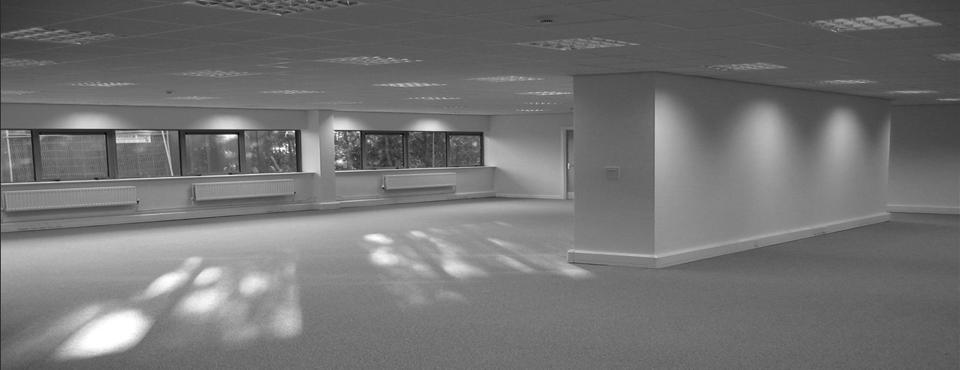
Office vacancies in the Netherlands: Alternative workplace strategies and the role of railway stations
In 2013, about 15 percent of the offices in the Netherlands were vacant. However, this share varies considerably over space. In Amsterdam, the vacancy rate was 18 percent, while in other cities like Wageningen, the vacancy rate was only a few percent. Can these huge spatial differences in office vacancy rates be explained by upcoming alternative workplace strategies (‘Het Nieuwe Werken’ in Dutch)?

Multinationals and the local economy: Implications for the Dutch ‘Topsectoren’ Policy
The Dutch government has the aim to invest substantially in industrial sectors which have a comparative advantage, are relatively competitive and are internationally oriented. More than half a billion euro will be invested in nine ‘topsectoren’, including horticulture, life sciences and health, high-tech industries, and somewhat surprisingly, multinational headquarters. The idea of the somewhat distinct…
